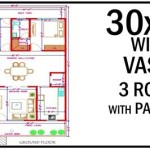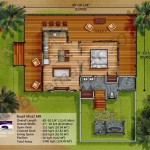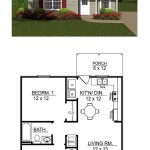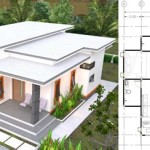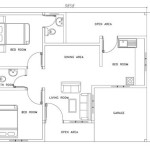Essential Aspects of Designing a House Plan
Designing a house plan is a complex process that requires careful planning and consideration. There are many factors to take into account, from the layout of the rooms to the style of the house. In this article, we'll discuss some of the essential aspects of designing a house plan.
1. Determine Your Needs
The first step in designing a house plan is to determine your needs. How many bedrooms and bathrooms do you need? What kind of living space do you need? Do you need a home office or a playroom for the kids? Once you know what your needs are, you can start to develop a layout that will meet your requirements.
2. Choose a Style
Once you have a general idea of the layout of your house, you can start to think about the style. There are many different styles of houses to choose from, so it's important to find one that you love. If you're not sure what style you want, you can browse through magazines or online resources to get some ideas.
3. Consider the Site
The location of your house will also have a big impact on the design. If you're building on a sloping lot, you'll need to take that into account when designing the layout of your house. You'll also need to consider the orientation of the house to the sun. If you want to take advantage of natural light, you'll need to design your house accordingly.
4. Plan the Interior
Once you've decided on the layout and style of your house, you can start to plan the interior. This includes choosing the finishes, fixtures, and furniture. It's important to make sure that the interior of your house flows well and that the spaces are used efficiently.
5. Get Professional Help
If you're not sure how to design a house plan, it's a good idea to get professional help. An architect can help you to create a plan that meets your needs and budget. They can also help you to navigate the permitting process and ensure that your house is built to code.
Conclusion
Designing a house plan is a big undertaking, but it's also a great way to create a home that you love. By following these essential aspects, you can create a plan that meets your needs and reflects your personal style.

House Plans How To Design Your Home Plan

Floor Plans Types Symbols Examples

22 House Design With Floor Plans You Will Love Simple Two Story Affordable Designs Exterior

Top 5 Modern House Plans With Photos Floor Archid

Floor Plan Creator And Designer Free Easy App

Small House Plans Popular Designs Layouts

House Plans Home Floor Architecturalhouseplans Com

Small House Design Shd 2024007 Pinoy Eplans One Y Bungalow Plans Layout

House Plans How To Design Your Home Plan

Modern House Design Floor Plans And Designs


